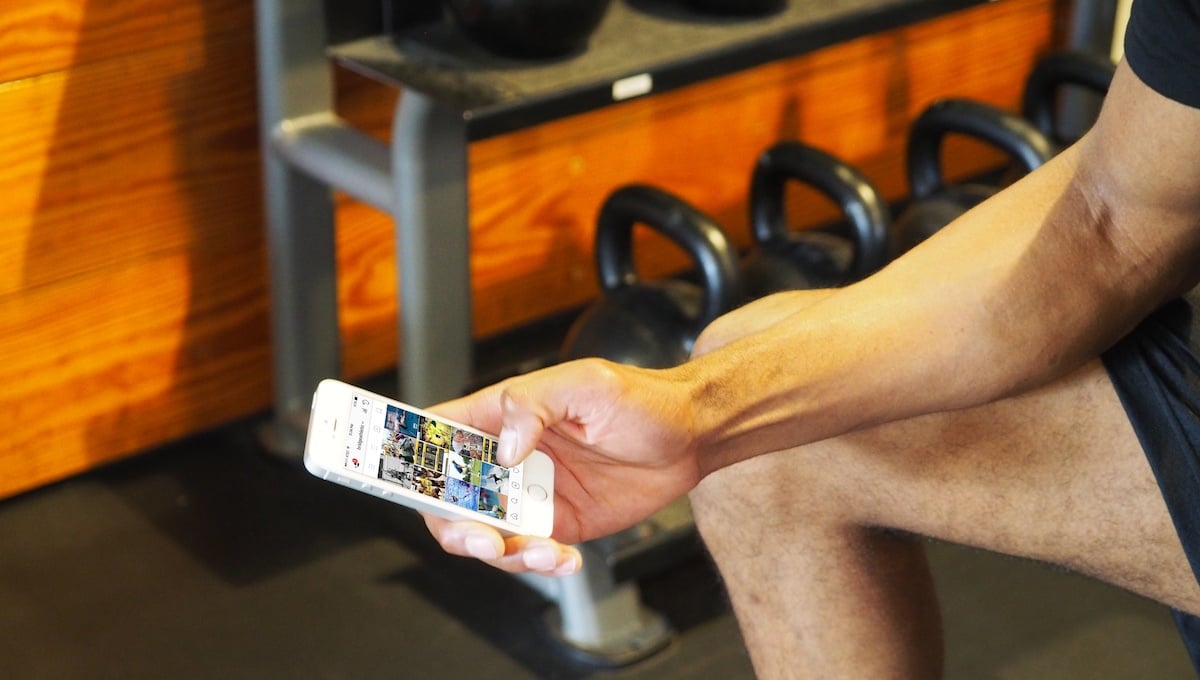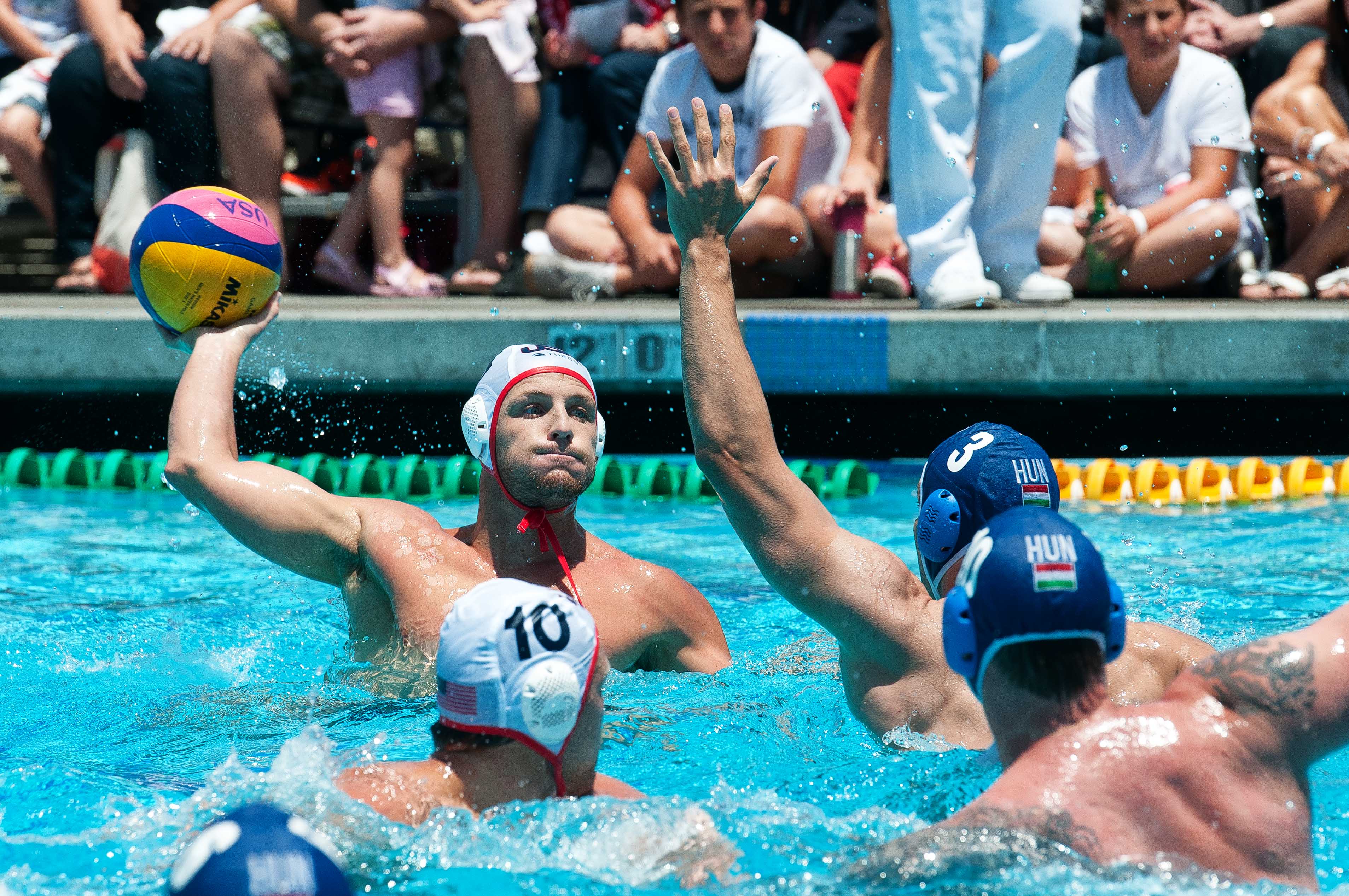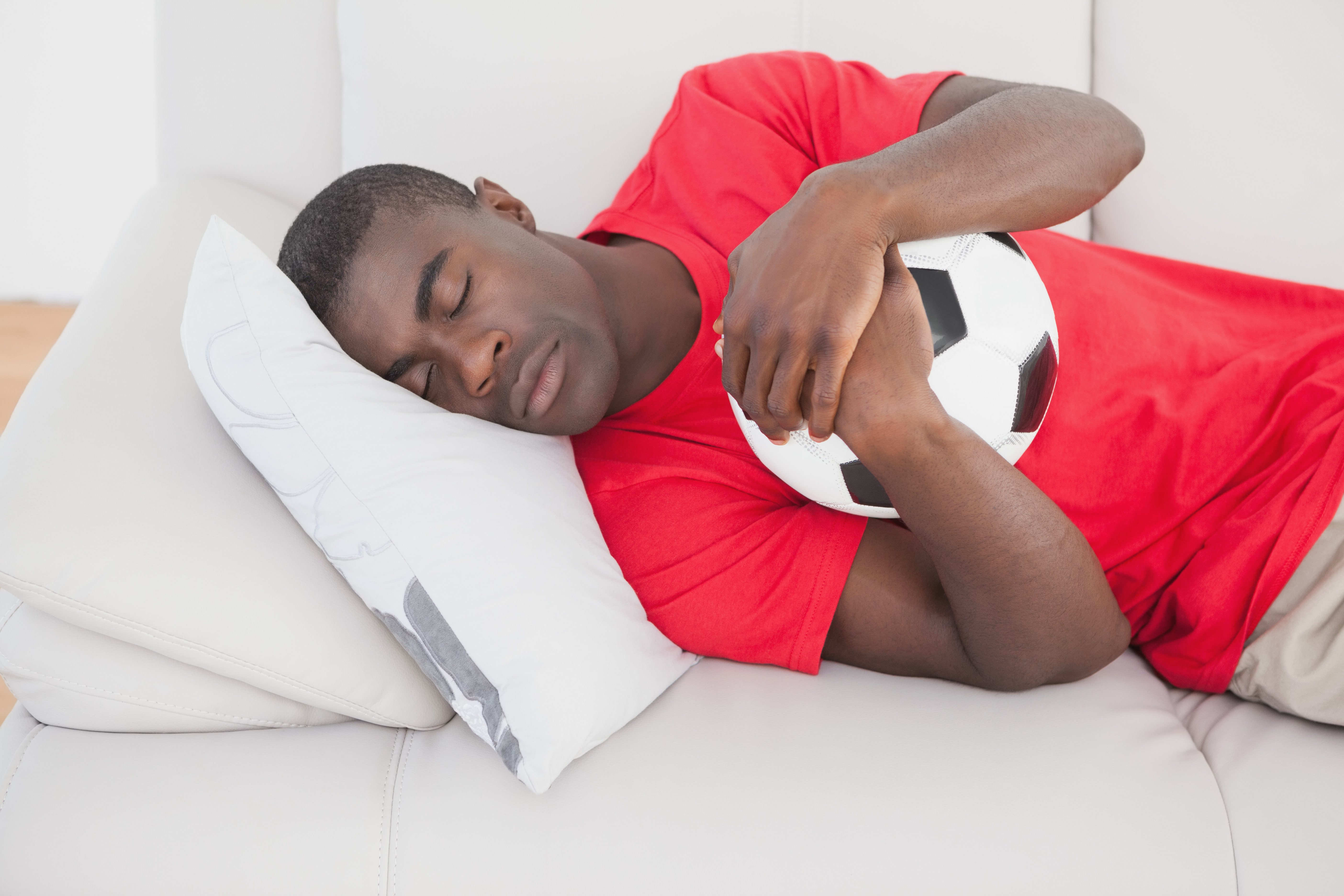The Physiology of Naps and the Impact on Athletic Performance
Whether athletes incorporate naps into their daily routine or choose to opt for them when they are overly exhausted, naps can have a profound effect on alertness and athletic performance. But when is the right time to nap and for how long? The answers to these questions depend on the individual, and the following will help athletes determine the perfect nap in terms of time and length that is best for them.
There are many studies on this topic, one of which found that motor memories are enhanced through daytime naps. Motor memory is extremely important in sport when trying to learn a new skill or technique to better one’s performance. A simple nap can help facilitate the learning of this new skill.
Other benefits include improved alertness and athletic performance immediately upon arising from short naps (20 min or less) and are seen after the body adjusts from waking after a longer nap. Naps can be extremely beneficial to a tired athlete at the right time and place.
"Sleep is the time when the body recovers from the stresses loaded upon it, and the repair of muscle and connective tissue begins. Naps are an excellent tool for athletes in training and on game day as well."
- Dan McCarthy, High Performance Consultant at USA Swimming
Stages of Sleep
There are four non-REM (rapid eye movement) stages of sleep:
Stage 1 - is a drowsy period as you are falling asleep.
Stage 2 - is a light sleep
Stage 3 - is a moderate-deep sleep
Stage 4 - is the deepest level of sleep
Typically in a 20-minute nap, an individual will reach stage 2, allowing the body to enjoy the restorative benefits of sleep, without entering stage 3 or 4. Stages 3 and 4 are hard to awaken from and may leave the athlete feeling drowsy or even more tired than before your nap. Lengths of naps have different benefits and drawbacks.
In one study the benefits of 5-minute, 10-minute, 20-minute, and 30-minute naps were compared. Results showed that a 10-minute nap provided immediate improvements in fatigue, vigor, and cognitive performance, as it was not long enough to cause sleep inertia consequences.
Sleep inertia is defined as feelings of sleepiness, disorientation, and/or confusion after waking from sleep. An analysis of this study found that a nap longer than 20 minutes resulted in immediate sleep inertia effects, but after this adjustment occurred, the longer nap yielded longer-lasting benefits. These discoveries are important in the timing of naps for athletes. For example, if an athlete takes a 30-minute nap within 30 minutes before a race, the body may still be in a state of sleep inertia and thus performance will be sub-maximal, so timing is everything
Different Types of Naps
Power Nap
There are a few main types of naps that can all be beneficial to performance. The commonly used term, “power nap” generally refers to a nap of around 20 minutes that is quick and has restorative benefits without symptoms of sleep inertia (drowsiness upon awakening).
Caffeine Nap
The next take on a power nap is called a caffeine nap. This includes consuming caffeine and immediately taking a 15-minute power nap. The caffeine takes between 20 and 30 minutes to kick in and thus tricks the body into resting and then, having the caffeine kick in upon waking from the power nap. Studies show a reduction in sleepiness after these so-called “caffeine naps”.
Long Nap
Lastly, longer naps (>30 min and closer to 60 min) are put in a different category as the longer duration allows the sleeper to enter deep sleep stages 3 and 4. However, these longer naps result in reduced performance immediately upon awakening due to sleep inertia (a decline in motor dexterity and a feeling of grogginess).

Environmental Factors
Before athletes take their afternoon nap, it is important to recognize the importance of external environments’ role in sleep. When an individual’s body is preparing for sleep, their internal temperature drops, explaining why sleeping in extreme heat or cold (external environment) can be difficult. Daylight is the main external cue that affects sleep, thus when taking a nap one should consider both temperature and lighting to best achieve a regenerative rest. It is important that athletes are educated on the physiological factors that affect sleep quality, helping to guarantee that an afternoon nap will be beneficial to their performance.
Recap
Naps can be very beneficial for athletes if utilized correctly. Athletes need to be smart about when and how long their naps are. If an athlete takes a nap prior to competition and enters stage 3 or 4 of REM sleep, then they risk not being fully awake by competition time, which could impede their athletic performance.
On the other hand, naps that are too short don’t show an immense benefit for athletic performance. The middle ground for naps should be about 20 minutes, which allows the body the perfect amount of time to replenish and refuel prior to competing.
References:
- RANEL VENTER, M Sport Sci Lecturer, Department of Sport Science, Stellenbosch University
- Brooks A; Lack L. A brief afternoon nap following nocturnal sleep restriction: which nap duration is most recuperative? SLEEP 2006;29(6):831-840.
- http://www.usaswimming.org/ViewNewsArticle.aspx?TabId=0&itemid=5631&mid=8712
- Nishida M, Walker MP (2007) Daytime Naps, Motor Memory Consolidation and Regionally Specific Sleep Spindles. PLoS ONE 2(4): e341. doi:10.1371/journal.pone.0000341
- Purves D, Augustine GJ, Fitzpatrick D, et al., editors. Sunderland (MA): Neuroscience. 2nd edition. Sinauer Associates; 2001.
- Reyner and Horne (1997) . Suppression of sleepiness in drivers: combination of caffeine with a short nap. Psychophysiology. 1997 Nov;34(6):721-5.
About the Author

Shelley graduated from UC Berkeley in 2012 majoring in Integrative Biology and is currently applying to nursing school. She competed on the women’s swim team at Cal and contributed to three NCAA Championship team titles in her four years. Shelley’s interest in exercise physiology was sparked after discovering connections between the materials learned in her anatomy lab and her athletic endeavors. It is her goal to share this knowledge and inspire other athletes to make these connections to help them reach their personal goals. After finishing her swimming career in 2012, Shelley is now a triathlete utilizing her background in exercise physiology to aid this athletic transition.
Related Posts

Beating Jet Lag and Nutrition on the...
It is important for athletes to understand how travel during the competition season affects their...

Can Social Media Provide a Competitive...
There are endless forms of technology in today’s tech-savvy world, and social media, in particular,...

Water Polo Leg Strength Progression
There are many different elements that strength coaches must consider when designing water polo and...
.png?width=150&height=50&name=BRIDGEBLOG(1).png)


![Bridge Logo Black [1200]](https://blog.bridgeathletic.com/hs-fs/hubfs/Bridge%20Logo%20Black%20%5B1200%5D.png?width=100&height=58&name=Bridge%20Logo%20Black%20%5B1200%5D.png)